Explanation of my 10 Ballon d'Or 1961
This is my ranking, my opinion on the Ballon d'Or of the year 1961. This ranking is based on the calendar year, not the season. What counts for this ranking is the player's regularity over the calendar year, the number of matches played, the ability to raise his level in big games, statistics (goals, assists, clean sheets, goals conceded, etc.) and trophies won (collective and individual).
#10 Svatopluk Pluskal
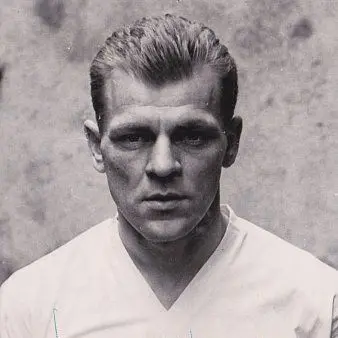
- Age : 30/31 years old
- Club : Dukla Prague
- Statistics : 37 game, 4 goals, / assists
- Trophies : International Soccer League, Czechoslovakian League, Czechoslovakian Cup
- Individual Awards : International Soccer League TOTT, Czechoslovakian League TOTY
In 1961, Svatopluk Pluskal was the silent sentinel at the heart of both Dukla Prague and the Czechoslovak national team—a defensive midfielder whose strength, timing, and tactical awareness anchored every line. Nicknamed “The Tank,” he embodied discipline and resilience, breaking up attacks and shielding the back line with steely precision. That season, he played an integral role in Dukla Prague’s march to the Czechoslovak First League title, complementing Josef Masopust’s elegance with his own rugged determination. Internationally, Pluskal remained a cornerstone of Czechoslovakia’s setup, offering leadership and tireless work ethic. While Masopust orchestrated the midfield, Pluskal did the silent heavy lifting—tracking runners, reclaiming possession, and launching counters with calculated intent. His partnership with Masopust was the perfect balance of grit and grace, a dual engine driving Czechoslovakia toward the historic feats that would unfold the following year.
#9 Kurt Hamrin
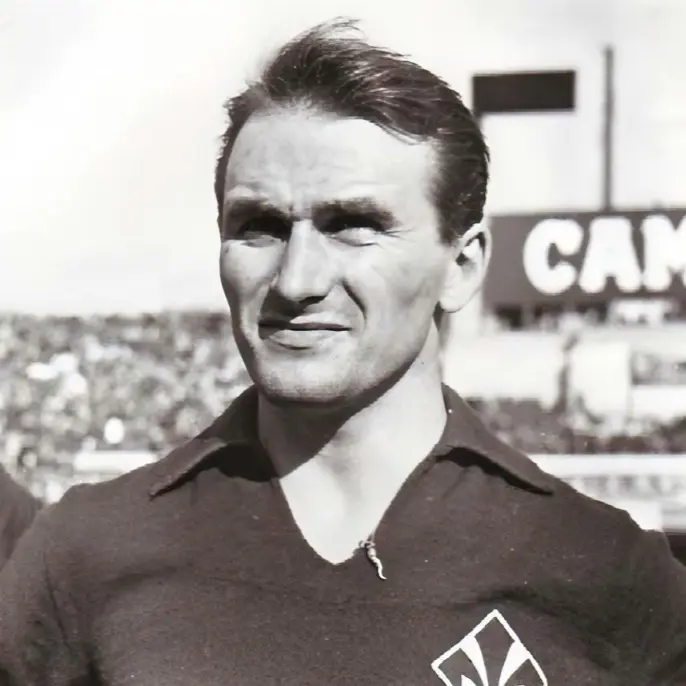
- Age : 26/27 years old
- Club : Fiorentina
- Statistics : 45 games, 24 goals, / assists
- Trophies : Cup Winners Cup, Italian Cup
- Individual Awards : Cup Winners Cup TOTY, Cup Winners Cup Golden Shoe (6 goals)
In 1961, Kurt Hamrin—nicknamed “Curre” by adoring fans—was the lightning bolt on Fiorentina’s right wing, igniting Serie A with his dazzling speed and lethal strikes. The Swedish dynamo was already one of the league’s most feared attackers, combining acrobatic flair with icy composure in front of goal. That year, Hamrin scored 24 times in all competitions, anchoring Fiorentina’s attack and securing a place among the top scorers in Italy. His impact wasn’t just felt in numbers—it was seen in the chaos he created. With his low center of gravity and mesmerizing dribbling, Hamrin tormented defenders, turning ordinary matches into showcases of football theatre. Whether curling in beauties from distance or ghosting into the box with perfect timing, he played with a joy that mirrored the Renaissance city he called home.
#8 Josef Masopust
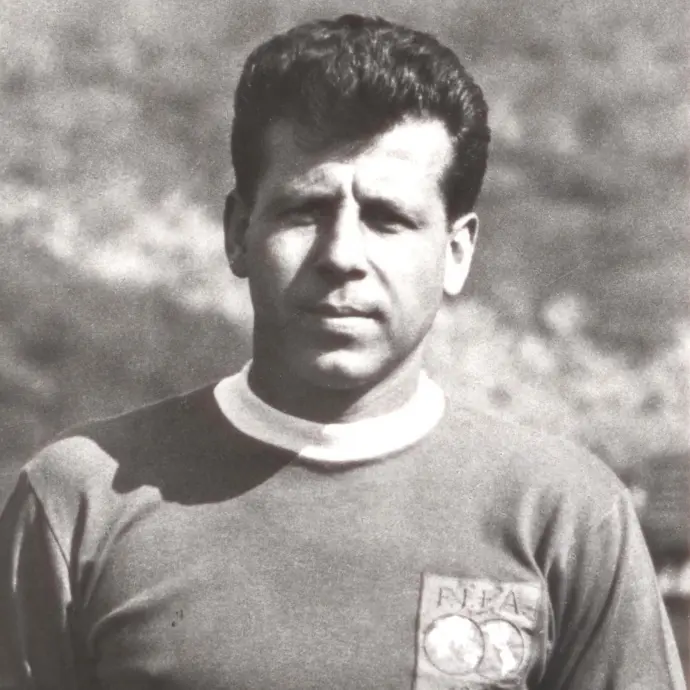
- Age : 30/31 years old
- Club : Dukla Prague
- Statistics : 38 games, 13 goals, / assists
- Trophies : International Soccer League, Czechoslovakian League, Czechoslovakian Cup
- Individual Awards : International Soccer League TOTT, Czechoslovakian League TOTY
In 1961, Josef Masopust was the quiet orchestrator of Czechoslovakia’s footballing renaissance, a midfield maestro who blended elegance with tactical steel. Playing for Dukla Prague, he steered the club to domestic prominence with his measured passing, intelligent movement, and calm authority. That season, Dukla clinched the Czechoslovak First League title, with Masopust as its undisputed conductor, threading attacks and anchoring the midfield with effortless grace. His influence extended beyond the club. For Czechoslovakia, Masopust captained the national side with distinction, preparing the groundwork for the historic World Cup run to come. His play was never flashy—but it was profoundly effective, earning admiration across Europe for its sheer intelligence.
#7 Luis Suárez
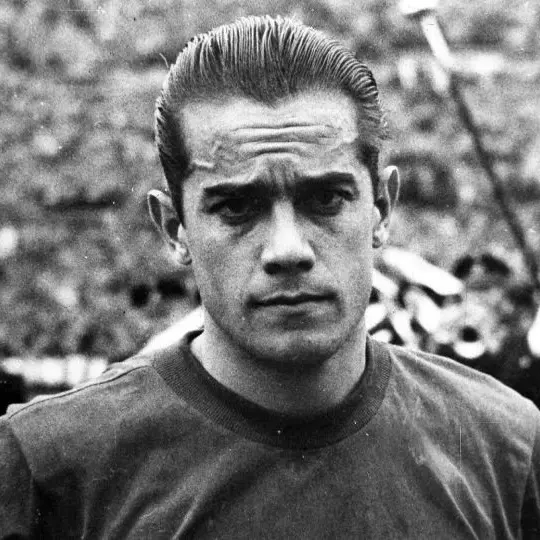
- Age : 24/25 years old
- Club : FC Barcelona/Inter Milan
- Statistics : 29 games, 14 goals, / assists
- Trophies : Finalist Champions League
- Individual Awards : Champions League TOTY
In 1961, Luis Suárez Miramontes—“El Arquitecto”—was the jewel in the crown of Spanish football, orchestrating Inter Milan’s midfield with a blend of artistry and authority that few could match. Fresh off his Ballon d'Or win the previous year, Suárez had just completed a landmark transfer from Barcelona to Inter, becoming the world’s most expensive player at the time. That year marked the beginning of his transformation into the heartbeat of Helenio Herrera's Grande Inter. Settling in Italy with poise, Suárez brought an elevated level of playmaking to Serie A. His elegance on the ball, surgical passing, and deep tactical understanding turned Inter’s engine room into his personal studio. Though silverware eluded the Nerazzurri in 1961, Suárez's influence grew with every match—laying the foundations for the club’s domination in the years to follow.
#6 Alfredo Di Stéfano
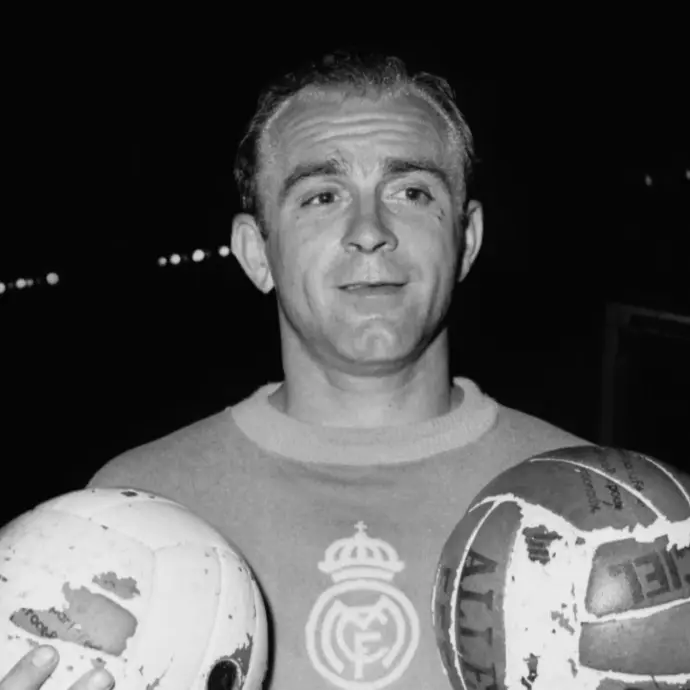
- Age : 34/35 years old
- Club : Real Madrid
- Statistics : 49 games, 33 goals, / assists
- Trophies : Liga, Finalist Spanish Cup
- Individual Awards : Liga TOTY
In 1961, Alfredo Di Stéfano remained the brilliant nucleus of Real Madrid’s dynasty, blending cerebral elegance with relentless drive to dominate Spanish football. Though approaching the twilight of his career, the Argentine-born legend still orchestrated the game with unmatched authority, helping Madrid secure yet another La Liga title. His vision, technical mastery, and positional intelligence were as sharp as ever—dictating tempo, dissecting defenses, and mentoring a new generation of galácticos.
#5 José Aguas
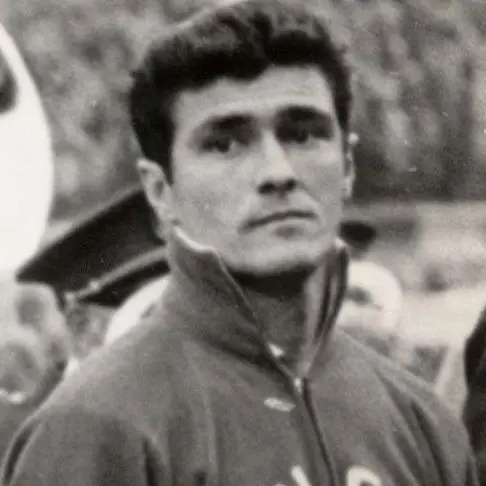
- Age : 30/31 years old
- Club : Benfica Lisbon
- Statistics : 37 games, 34 goals, / assists
- Trophies : Champions League, Finalist Intercontinental Cup, Portuguese League
- Individual Awards : Champions League TOTY, Champions League Golden Shoe (11 goals), Portuguese League TOTY, Portuguese League Golden Shoe (27 goals)
In 1961, José Águas—the commanding striker and captain of Benfica—was the embodiment of leadership, elegance, and lethal precision. Already a legend in Portuguese football, he reached new heights that year, guiding Benfica to a second consecutive Primeira Divisão title with his trademark heading ability and calm finishing. Águas wasn’t just scoring goals; he was dictating the rhythm of Benfica’s attack, making his presence felt in every crucial moment. The crown jewel of his year came in May, when Benfica faced Barcelona in the European Cup final. Águas opened the scoring in a thrilling 3–2 victory, leading his team to back-to-back continental triumphs. His ability to rise to the occasion on Europe’s grandest stage earned him international acclaim and solidified Benfica’s place among football’s elite.
#4 Ferenc Puskás
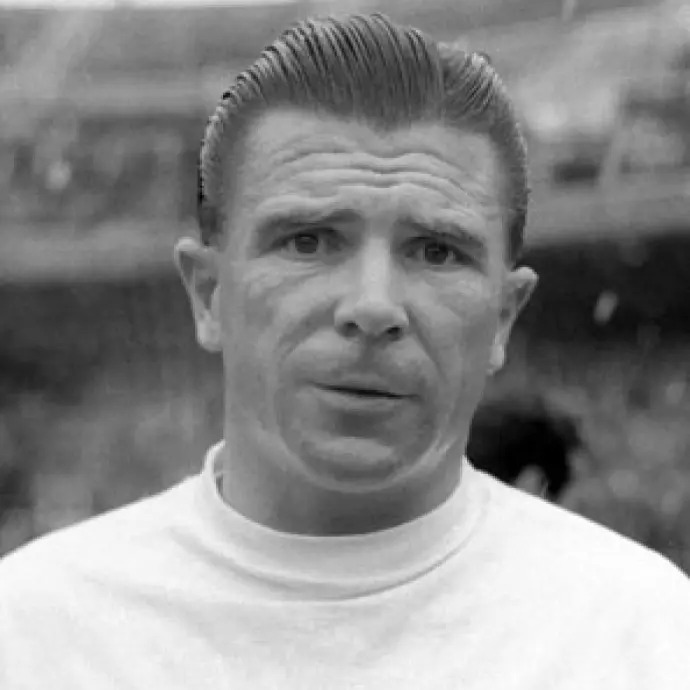
- Age : 33/34 years old
- Club : Real Madrid
- Statistics : 39 games, 41 goals, / assists
- Trophies : Liga, Finalist Spanish Cup
- Individual Awards : Liga TOTY, Liga Golden Shoe (27 goals)
In 1961, Ferenc Puskás was not merely defying age—he was redefining it. At 34, the Hungarian maestro continued his reign over European football, leading Real Madrid with trademark precision, power, and unrivaled footballing IQ. That year, Los Blancos clinched La Liga, with Puskás contributing 20 goals and countless moments of orchestrated brilliance alongside Alfredo Di Stéfano. His left foot remained a weapon of mass destruction, and his ability to read the game kept him steps ahead of every defender. In the European Cup, Madrid reached the semi-finals, driven in part by Puskás's clinical finishing and veteran leadership. Though they didn’t lift the trophy that season, his performances reinforced his status as one of the era’s true giants.
#3 Garrincha
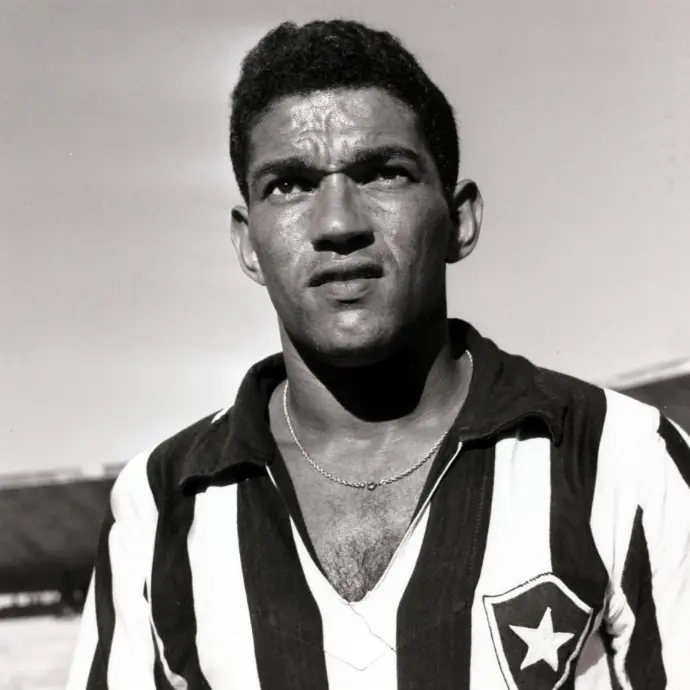
- Age : 27/28 years old
- Club : Botafogo
- Statistics : 36 games, 9 goals, 15 assists
- Trophies : Copa Bernardo O’Higgings, Copa Oswaldo Cruz, Rio Championship, Rio-São Paulo Championship Cup, Initial Tournament
- Individual Awards : Rio Championship POTY, Rio Championship TOTY
In 1961, Garrincha was football’s mischievous magician, turning every pitch into his personal playground. At Botafogo, he dazzled fans week after week with his hypnotic dribbles and unpredictable genius, helping the club to a stellar season filled with goals, assists, and unforgettable flair. Though not the highest scorer, his influence was felt in every twist and turn—making defenders dizzy and lifting supporters to their feet. Internationally, he kept the magic alive for Brazil, starring in friendlies and regional tournaments with his trademark style: lighthearted joy mixed with lethal precision. His chemistry with Pelé was growing stronger, forming the core of a Seleção that was evolving into one of football’s greatest dynasties.
#2 Omar Sívori
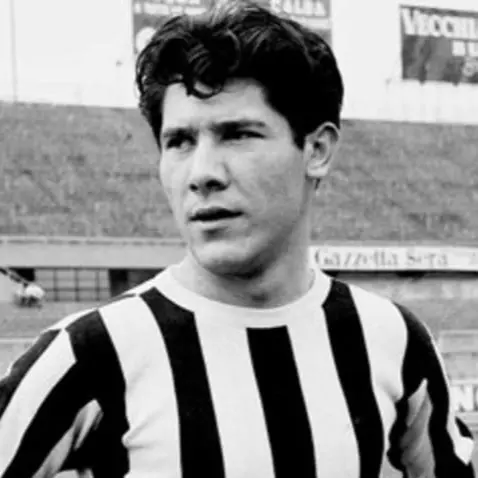
- Age : 25/26 years old
- Club : Juventus Turin
- Statistics : 44 games, 43 goals, / assists
- Trophies : Serie A
- Individual Awards : Serie A TOTY
In 1962, Omar Sívori—El Cabezón—was at the peak of his flamboyant powers, dazzling Italy and beyond with a cocktail of audacity, finesse, and fire. The Argentine-born forward lit up Serie A with Juventus, combining razor-sharp dribbling, deadly finishing, and fierce competitiveness to become one of the most feared attackers in Europe. Sívori’s technical wizardry and relentless drive made him the heartbeat of the Bianconeri attack. Internationally, Sívori now wore the colors of Italy, making his mark as a naturalized star for the Azzurri. Though Italy failed to progress past the group stage at the 1962 World Cup in Chile, Sívori brought a touch of flair and unpredictability that was rare in the European game.
Winner : Pelé
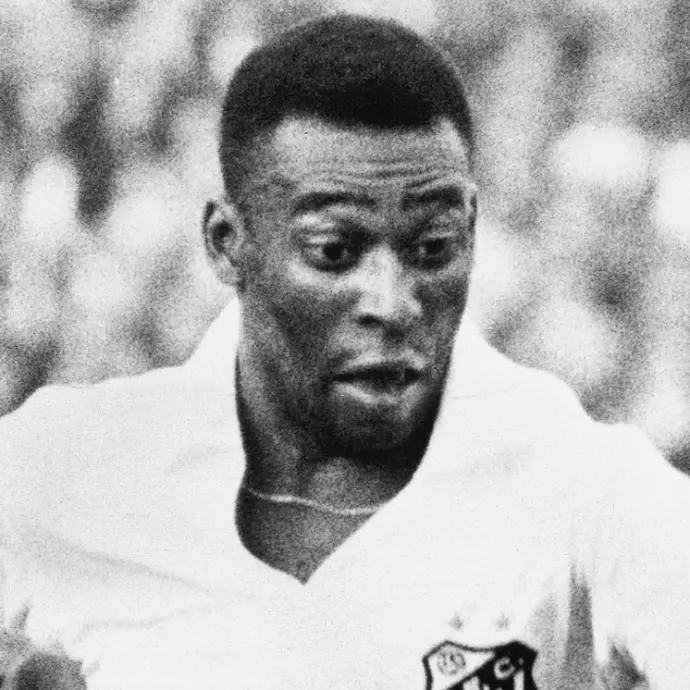
- Age : 20/21 years old
- Club : Santos FC
- Statistics : 38 games, 62 goals, 33 assists
- Trophies : Brazilian League, São Paulo Championship
- Individual Awards : Taça Brasil Golden Shoe (9 goals), São Paulo Championship Golden Shoe (47 goals)
In 1961, Pelé stood on the threshold of football immortality, wielding his brilliance like a maestro with no equal. At just 20 years old, he was already redefining the role of the forward—not just a goalscorer, but an architect of joy and destruction. That year, he led Santos to the Campeonato Paulista title with a staggering 47 goals in just 29 matches, obliterating records and defenses alike. His blend of finesse, agility, and unerring precision left fans breathless and opponents bewildered. Though Santos didn’t yet compete in the Copa Libertadores, their international tours became theaters of Pelé's magic. From Europe to the Americas, he dazzled audiences with audacious tricks, thunderous strikes, and the kind of goals that lived on in memory long after the final whistle. On March 5th, at the Maracanã against Fluminense, he scored the fabled "Gol de Placa"—a solo masterpiece dribbling past seven players that was so sublime, the stadium installed a commemorative plaque.